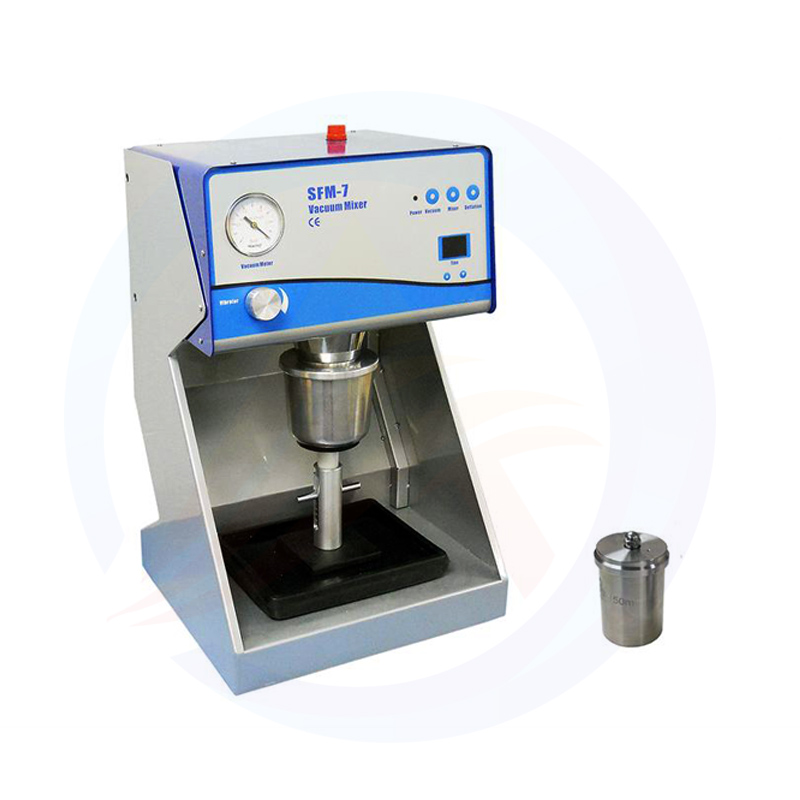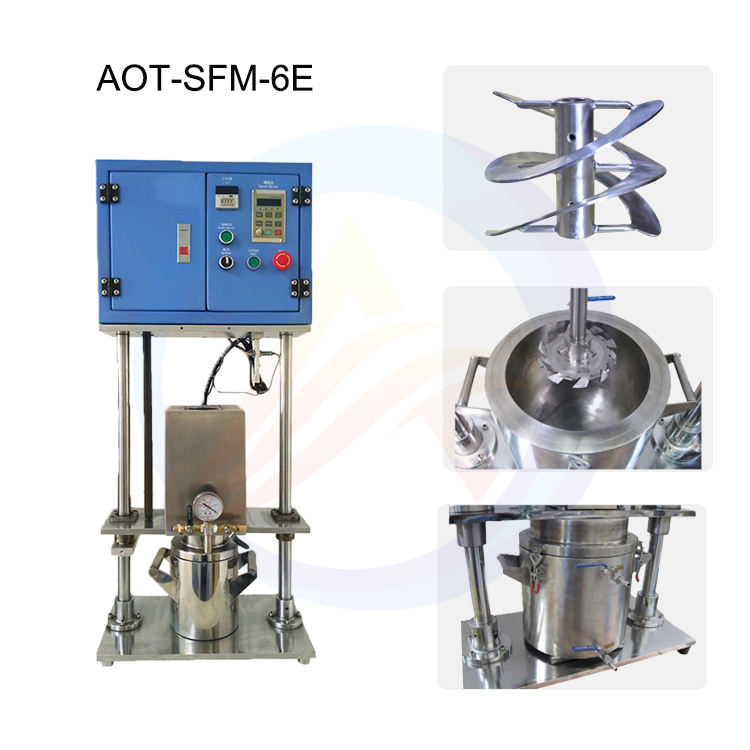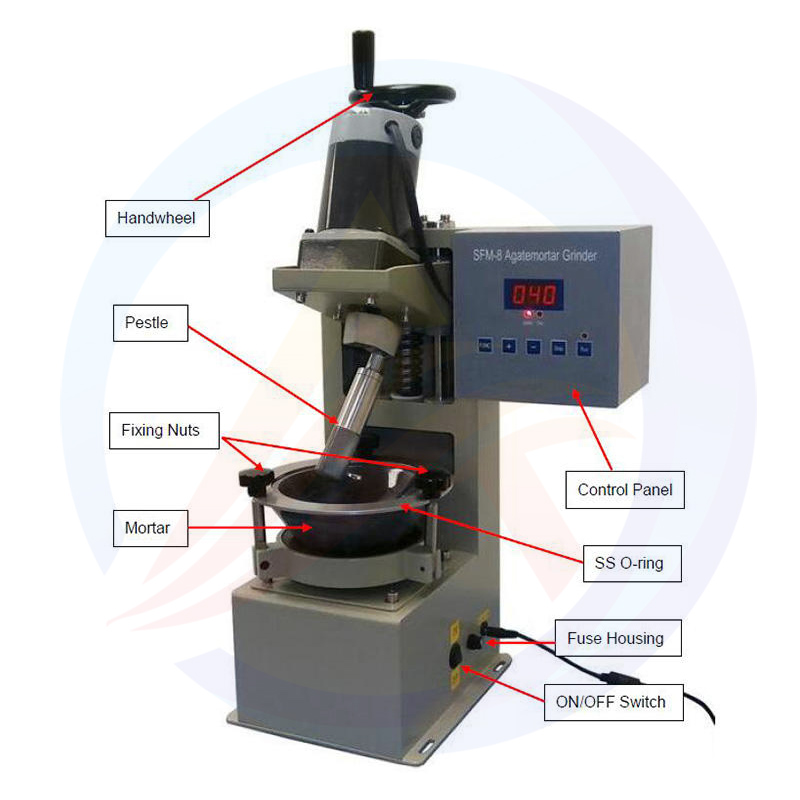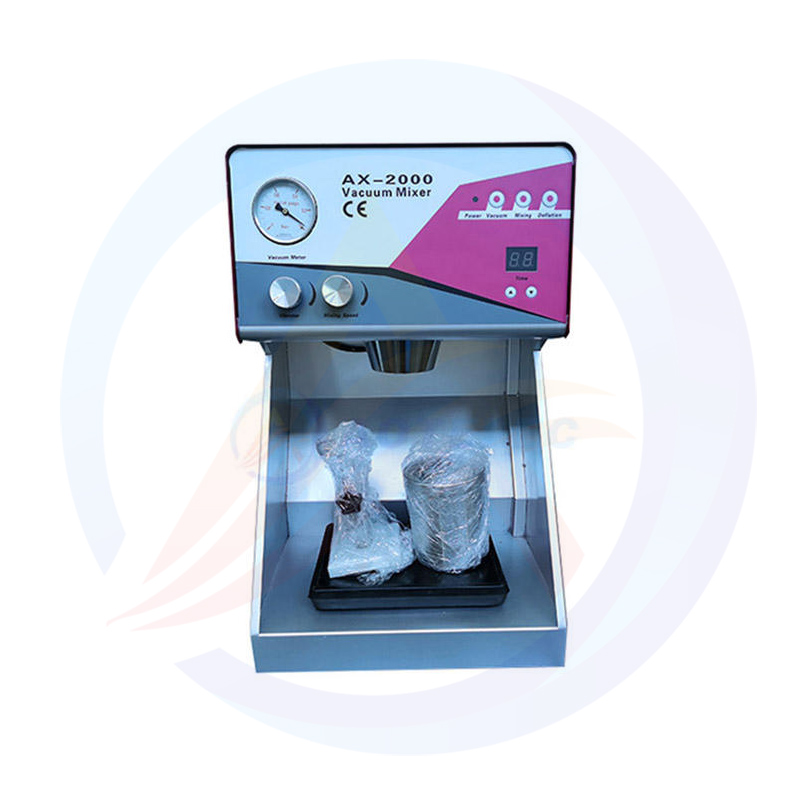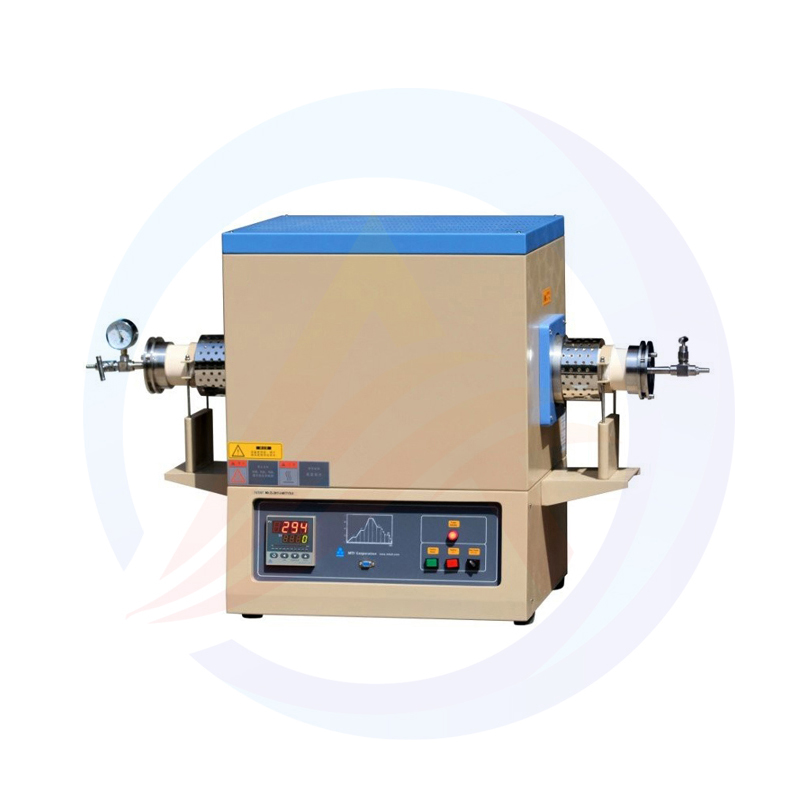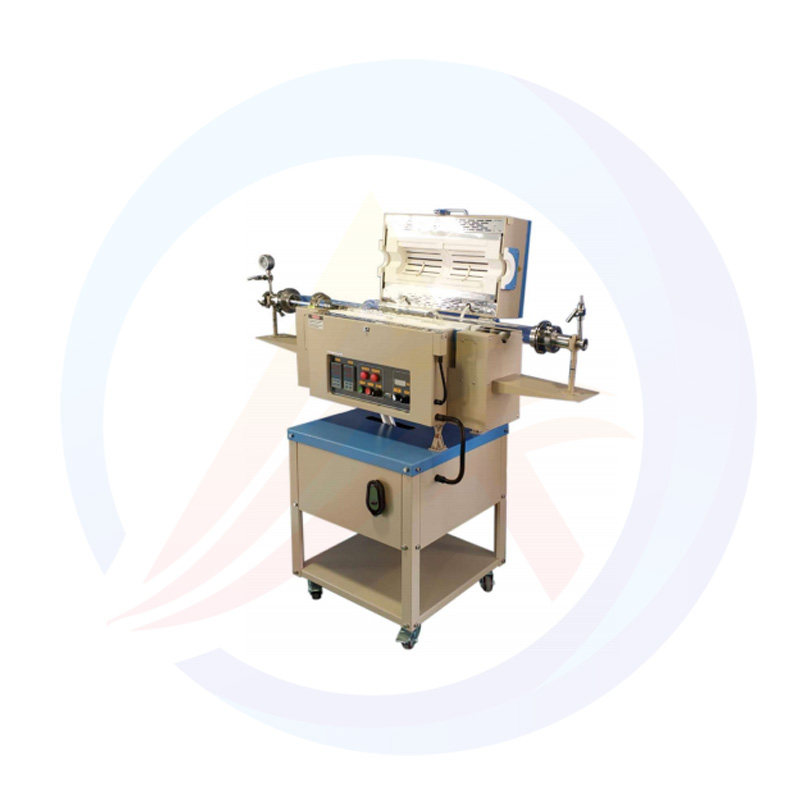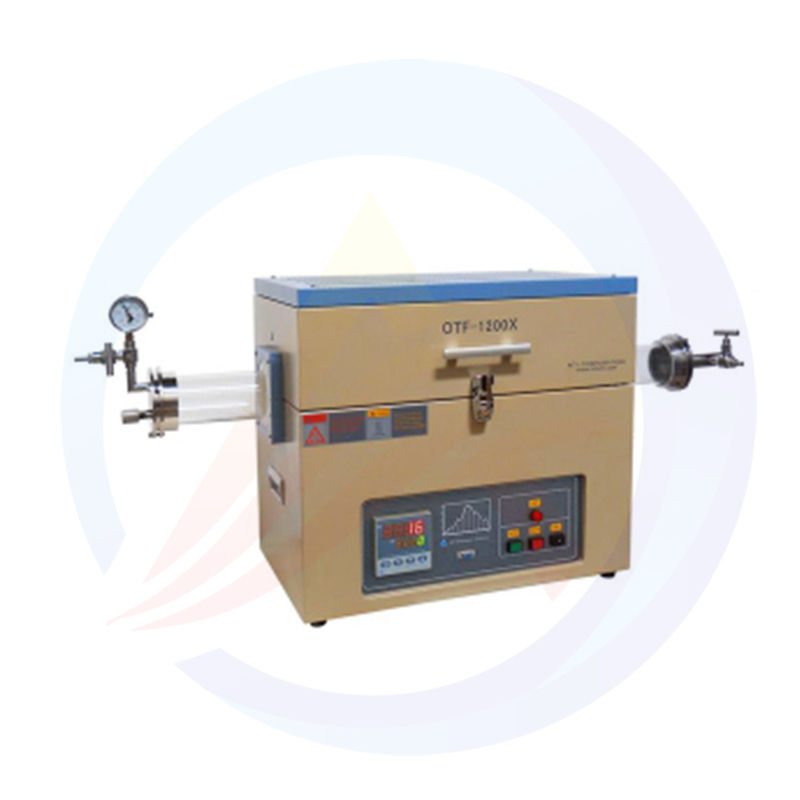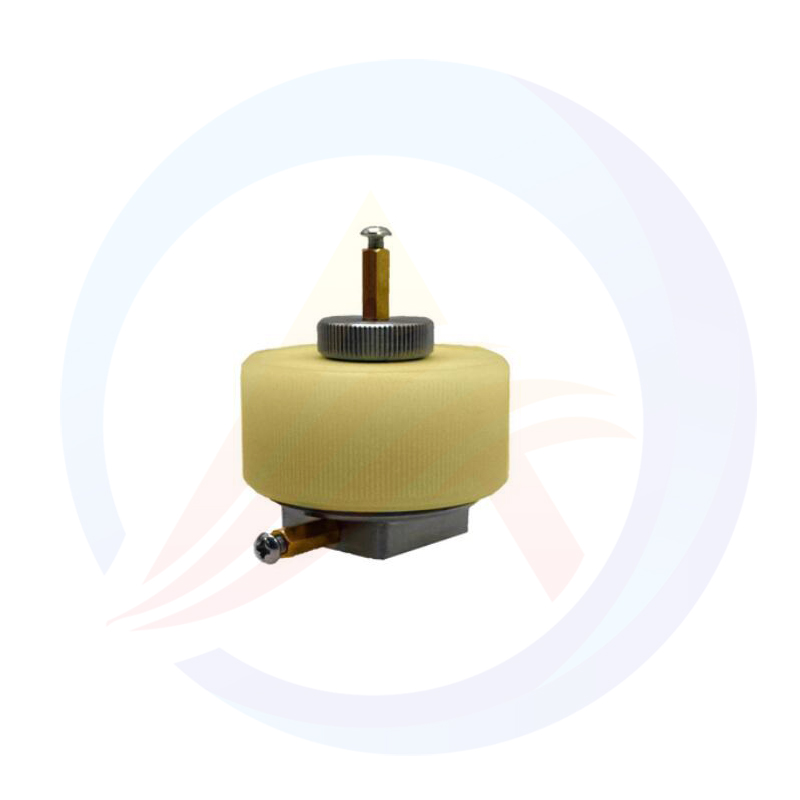Production process and control points of cylindrical lithium batteries
Cylindrical lithium batteries are mainly composed of positive electrode materials, negative electrode materials, electrolytes, separators, and metal shells. Its working principle is mainly based on the migration and insertion/extraction process of lithium ions between the positive and negative electrodes. Through the migration of lithium ions in the electrolyte between the positive and negative electrodes, the storage and release of electrical energy are achieved.
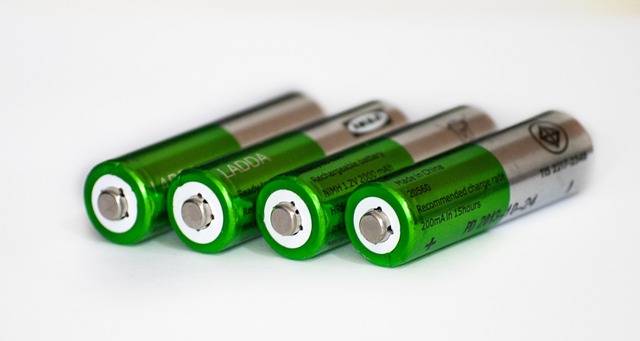
Main production processes
1) Ingredients and mixing: Mix the positive electrode material, negative electrode material, conductive agent, and binder in a certain proportion to form a slurry. At this stage, it is necessary to strictly control the particle size, moisture content, and mixing uniformity of the raw materials to ensure the performance and stability of the battery.
Main ingredients: LiFePO4 lithium manganese oxide cathode and negative electrode active material lithium cobalt oxide (LiCo02) ternary graphite, as well as binder (PVDFCMCSBR) and conductive agent (SPKS-6) electrolyte, separator paper, etc.
Accessories: aluminum foil, copper foil, aluminum strip, nickel strip, insulation gasket, green stop adhesive, shell, PET sleeve, etc.
2) Coating: Apply the mixed slurry evenly onto the metal foil, and after drying, form a positive and negative electrode film. The control of coating process is crucial for the consistency of electrodes and battery performance, and attention should be paid to parameters such as coating thickness, uniformity, and coating speed.
3) Rolling and slitting: Rolling and slitting the coated metal foil to obtain electrode plates of specified size. At this stage, it is necessary to ensure the flatness and thickness of the electrode plates to avoid burrs and dust.
4) Winding and liquid injection: Roll the electrode sheet into a cylindrical shape, then inject electrolyte and seal it. This process requires strict control of the injection volume to ensure even distribution of electrolyte, while preventing internal short circuits and external leakage.
5) Packaging and formation: Place the injected battery cell into a metal shell for packaging and formation treatment. The formation process activates the battery through charging and discharging, giving it electrical performance. When packaging, it is necessary to ensure sealing to prevent external environment from affecting the interior of the battery.
6) Testing and Finished Product Assembly: Various performance tests are conducted on the battery, and the battery cells that have undergone a series of performance tests, such as voltage, internal resistance, capacity, etc., are packaged as qualified products. Packaging materials should have good insulation, water resistance, and impact resistance. Ensure that it meets the specifications, and qualified battery cells will be assembled into finished products that meet customer needs.
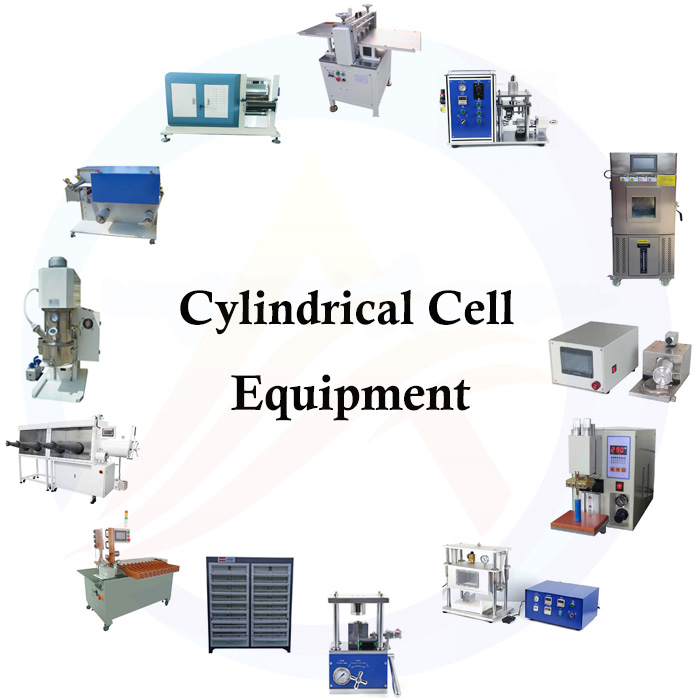
Key points of production process control
1) To ensure the performance and safety of cylindrical lithium batteries, strict quality control should be implemented for various materials during the production process. Suppliers should have corresponding quality management system certifications to ensure stable and reliable quality of raw materials. At the same time, inspect the incoming materials to prevent unqualified materials from entering the production process.
Control points: ratio, vacuum degree, stirring time, solid content, slurry viscosity, slurry fineness, slurry temperature. Consequences: such as low capacity caused by incorrect proportion, poor quality of polarizers, insufficient mixing time resulting in uneven mixing, etc.
2) Equipment maintenance and calibration
Production equipment is one of the key factors to ensure the quality of cylindrical lithium batteries. Regularly maintain and upkeep the equipment to ensure its normal operation. Calibrate key equipment to ensure its accuracy meets process requirements and avoid product quality issues caused by equipment errors. For equipment in continuous production processes, special attention should be paid to its stability and reliability to prevent production interruptions caused by equipment failures.
3) Environmental control
The production environment of cylindrical lithium batteries requires strict requirements, especially indicators such as cleanliness, temperature, and humidity. To ensure product quality, a good production environment should be established and maintained. Regularly monitor the environment to ensure compliance with process requirements. Regular maintenance and calibration of environmental control equipment are also necessary to ensure the stability of the production environment.
Moisture greatly affects the performance of lithium-ion batteries. Throughout the production process, it is important to eliminate moisture as much as possible before sealing the battery cells. Methods to eliminate moisture: control of environmental temperature and humidity; Control of homework speed and sequence transition speed; Pole baking, baking of battery cells; The purpose of controlling moisture is because the positive electrode material is oil based and the electrolyte is very sensitive to water. The reaction generates a large amount of gas, which increases the internal pressure of the battery, causes the cap to break, and even poses a risk of explosion!
4) Process parameter control
The production process of cylindrical lithium batteries involves multiple parameters, such as temperature, pressure, time, material flow rate, etc. Coating parameters include coating weight, coating size, coating appearance, etc. The fluctuation of these parameters may affect product quality. Therefore, strict process parameter control should be implemented to ensure the consistency and stability of product quality. For key process parameters, online monitoring and recording should be implemented to promptly identify and resolve potential issues. In addition, process parameters should be optimized according to product specifications and performance requirements to improve production efficiency and product quality.
5) Quality inspection and traceability
Strict quality inspection system should be implemented in the production process of cylindrical lithium batteries to ensure that the products meet relevant standards and customer requirements. The inspection items should cover aspects such as appearance, size, performance, etc., and non-conforming products should be classified and processed. At the same time, establish a comprehensive product traceability system, record and track each link in the production process through unique identification, in order to quickly locate problems and take corrective measures.

